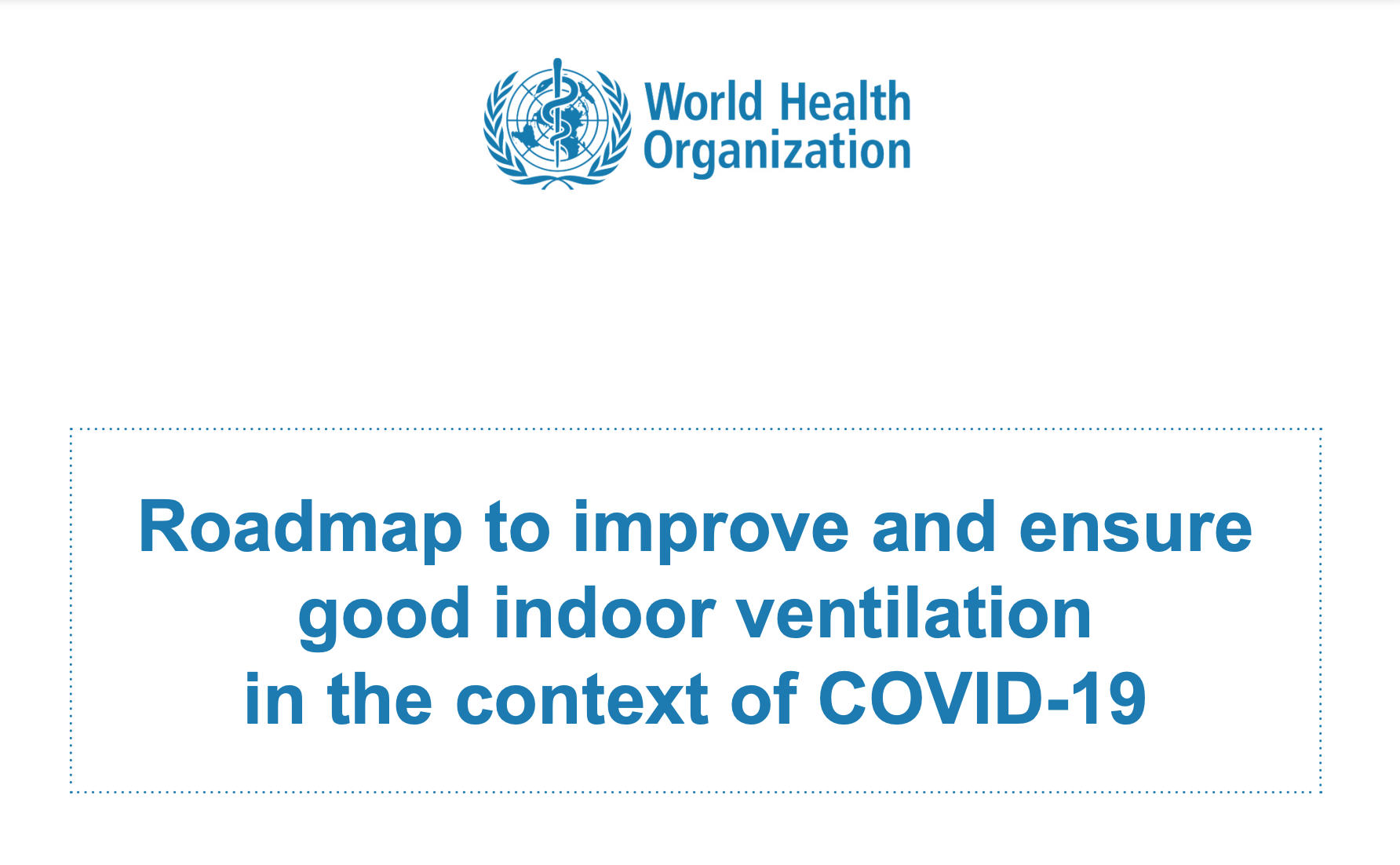From Belgium Indoor Air Quality Guidelines:
Measuring the concentration of viral particles in the air is complicated. CO2, which we also emit when we breathe, is much easier to detect and measure. The concentration of CO2 in indoor air depends mainly on the number of people in the room, the physical activity taking place there and the effective ventilation rate.
Measuring the concentration of CO2 in the air is a good indicator of the ambient air quality in an enclosed space; a high concentration of CO2 shows that the ventilation is insufficient in this space. As the air exhaled by the people present is loaded with aerosols (microdroplets produced by respiration) that can be contaminated with microorganisms, bacteria or viruses, a high concentration of CO2 in a room is therefore an indicator that the air quality is probably not good.
To maintain healthy air quality and reduce the risk of being contaminated by aerosols, it is necessary to aerate and ventilate to replace the air in enclosed spaces.
A high concentration of CO2 in an enclosed space does not necessarily mean that the air is loaded with viruses. Measuring the CO2 level makes it possible to detect reference thresholds above which the air in the room should be replaced or an air purification device should be used.
Ideally, the CO2 rate in the air should not exceed 900 ppm (or a maximum of 1,200 ppm). Some scientific studies have shown that above a concentration of 1,000 ppm, CO2 has effects on human performance (particularly intellectual performance) and that it is preferable to remain below this threshold.
The natural CO2 concentration of the outdoor air is an average of 400 ppm. Ideally, it should be close to this threshold in enclosed spaces.
CO2 meters measure the CO2 content of a room. They do not act as a ventilation or aeration device.
To read more click on this link: https://www.health.belgium.be/en/faq-indoor-air-quality#article





